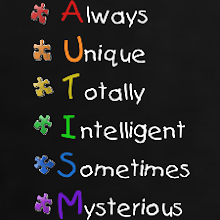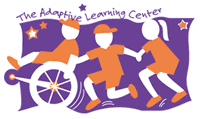Or should we say the Bill Clinton diet?
I'm a vegetarian who eats very little dairy, mostly egg whites and a bit of lean turkey on occasion for extra protein. That's going to have to be good enough.
The 'heart attack proof' diet?
(CNN) -- Dr. Caldwell Esselstyn Jr. didn't become a doctor to change the way America eats. He was a general surgeon.
Follow his dietary prescription, the 77-year-old Esselstyn says, and you will be "heart attack proof" -- regardless of your family history.
The Esselstyn diet is tough for most Americans to swallow: no meat, no eggs, no dairy, no added oils.
Other key factors include physical activity, cholesterol, blood pressure and weight, she says. The meat, dairy and egg industries defend the benefits of their protein-rich foods, all of which remain on the U.S. Department of Agriculture's MyPlate dietary guidelines for healthy eating.




















